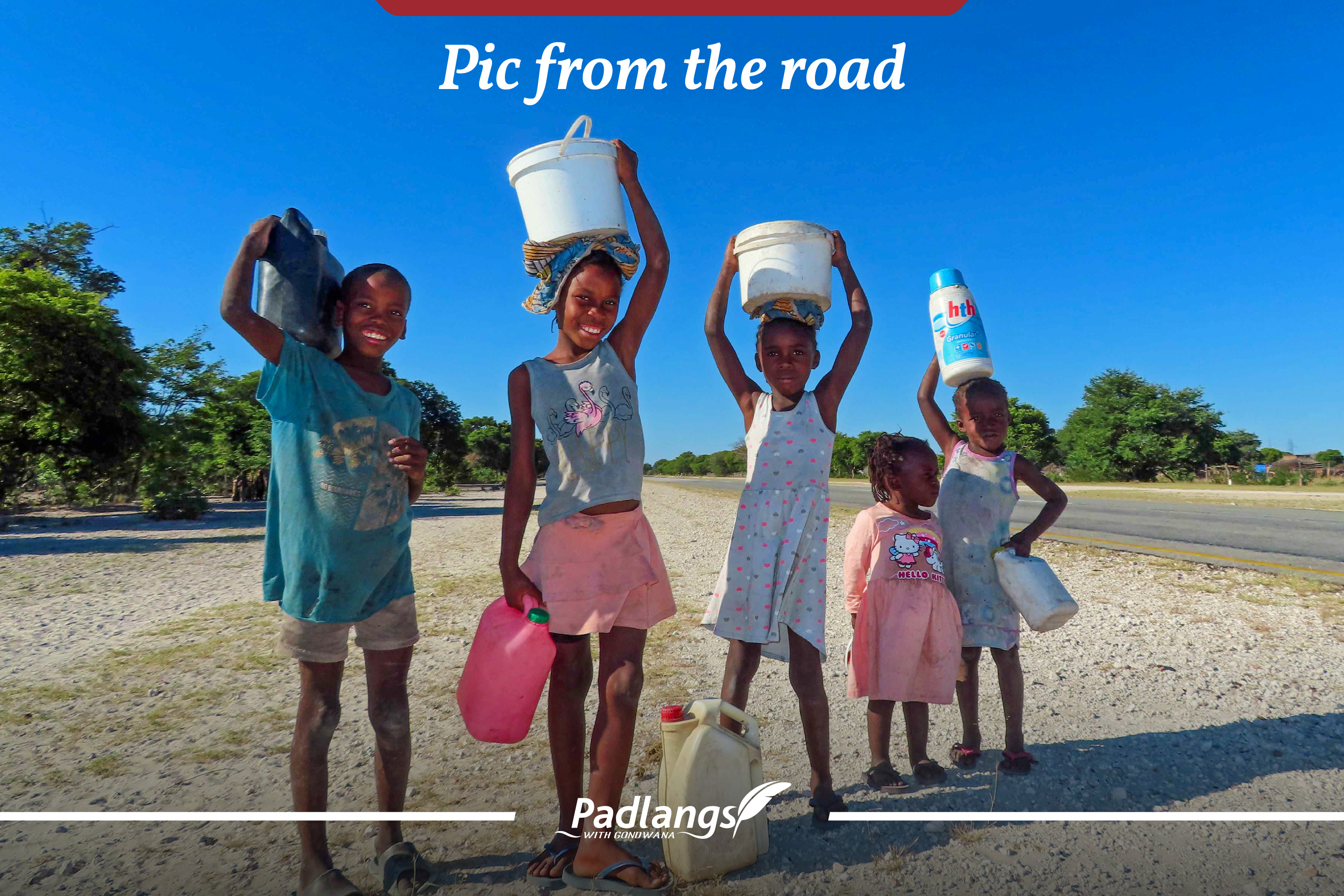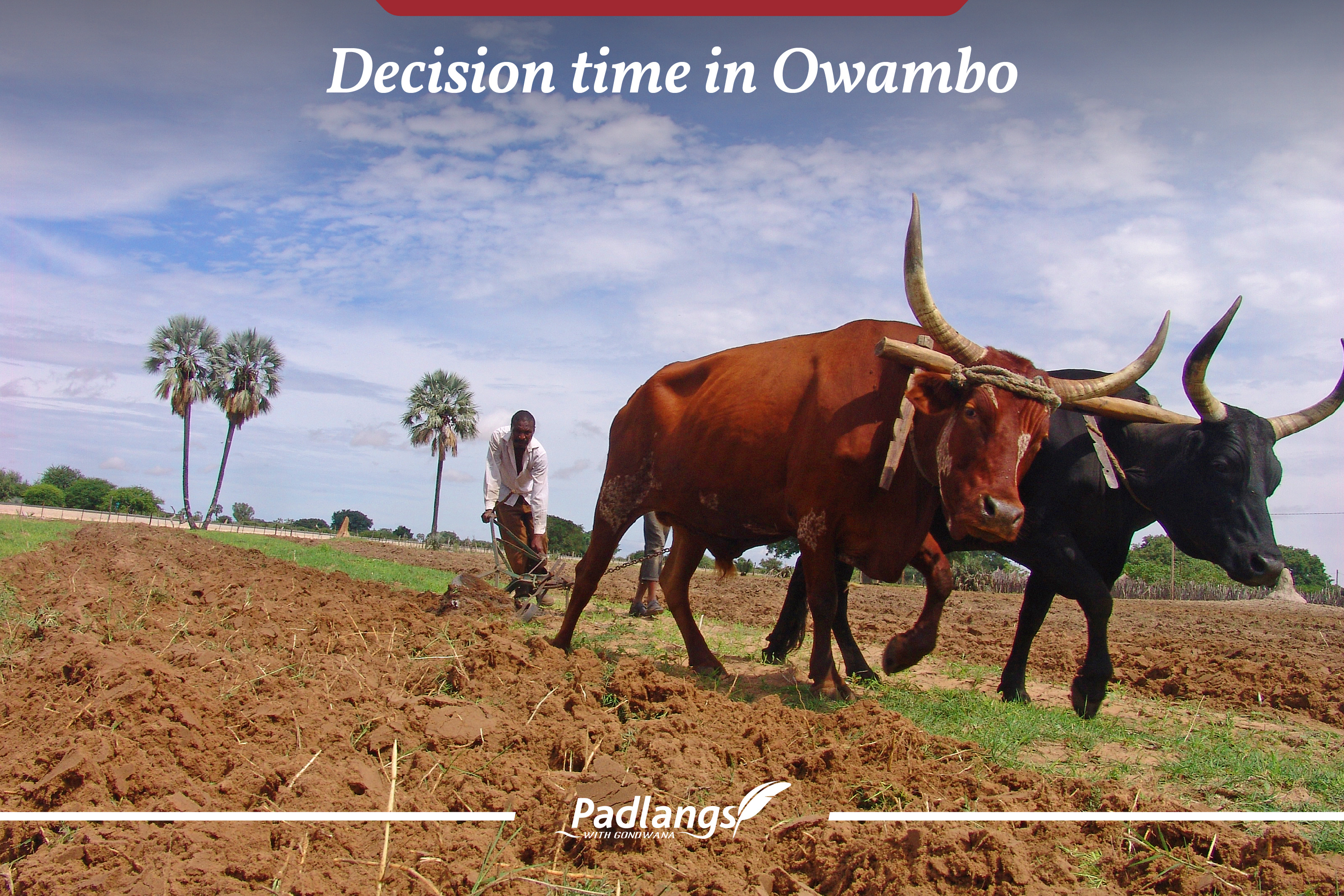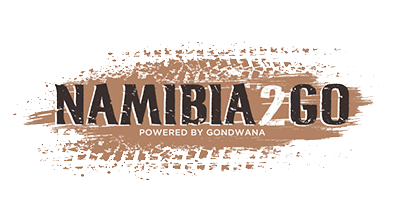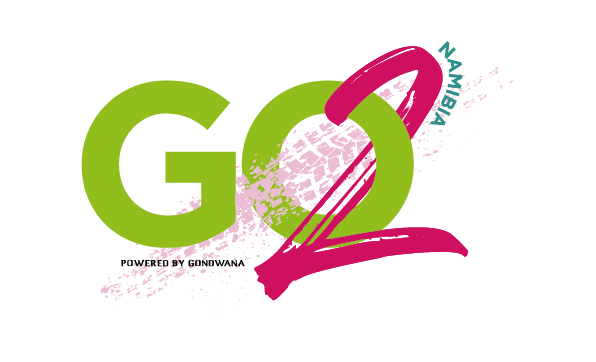The diamond-mining town of Oranjemund, tucked into the south-western corner of Namibia, is brimming over with stories, colourful characters and desert charm.
Sitting at an outside table of the Bean Tree Café adjoining the museum, I scrawled down as many of the interesting and amusing stories that I could as the friendly Oranjemunders shared them with me.
Spar supermarket owner, Mike Alexander, is a raconteur of note and if you can keep up with the volley of words and he can spare enough time out of office, he can entertain you the whole day long. And Oranjemund does have a fascinating and unusual story. The industry that had been sparked with the first diamond find outside Lüderitz in 1908, gradually moved southwards when larger alluvial diamonds were discovered at the Orange River Mouth and in 1936 Consolidated Diamond Mines of South West Africa (CDM), who obtained exclusive prospecting and mining rights, established the first settlement.

Beginning with a few scattered houses in the vast 2.6 million-hectare Sperrgebiet, a forbidden diamond zone to protect some of the richest diamond fields in the world, the town grew over the years into a highly organised diamond-mining town. In its heyday it had thousands of workers, including construction workers, skilled workers and migrant workers. Oranjemund only opened its doors to the public in 2017. But, don’t for a moment think that the residents lacked anything at all behind closed doors, they were living in the land of milk and honey, with CDM providing furnished housing, subsidised living, entertainment, a spotless town with well-kept gardens, and apprenticeships, paid high-school education outside the town and medical care.
The town appealed to professionals from the UK, who, according to Mike’s father, would arrive in January and February and if they survived the East winds in September and didn’t flee the desert sands before Christmas, had made it and would stay on in the town.
Mike’s parents hailed from Glasgow and his father worked as a fitter and turner in Simons Town, Cape Town, before the family moved to Oranjemund in 1972 when Mike was two years old and his asthmatic condition required a drier climate. Mike told the tale of their arrival. When their plane landed and his mom looked around at the sand dunes surrounding her, she asked her husband what godforsaken land had he brought her to. He replied in his Scottish brogue: “Don’t you worry, lassie, we’re only here for two years.” Mike laughed and said that both lived the rest of their lives happily in Oranjemund and are buried in the local graveyard.
His high school years were spent in Cape Town and he returned to the town in later years, now running the well-stocked and immaculate Spar, a real find in the desert. “We were one big happy mine,” he related, reminiscing. “Being cut off from the rest of the world, it was imperative that residents were involved in two sports, and there were 52 clubs at its peak, including diving, hockey, yacht and cricket clubs, and residents would belong to several”. Mike remembered that on a Sunday morning with the East wind breezing in, you could hear the gun club practising in the dunes and the whine of the model-aeroplanes flying across town. You were spoiled for choice.
Once a year the Oppenheimers would come for a sports weekend and everything was swept and painted in preparation. They would bring with them a star-studded cricket team, squash and golf teams. Food and drink flowed and everybody had a good time. He recalled smiling how one year it rained the day before the cricket match and CDM had a helicopter hover over the pitch like a huge fan to dry it out. “It’s a true story,” Mike assured me when he saw my astonished expression.
The shop was owned by CDM until the mine bought the Spar franchise. At the official opening in the early 80s, they had the idea to drop two Rand notes from the helicopter above the crowd, not realising that the helicopter creates an updraft. The notes shot out and the kids, including Mike, spent a happy two weeks afterwards climbing the roofs and trees to find them.
In the middle of the year, at the same time as the Durban-July horserace in South Africa, Oranjemund organised their own fun fair with fish and chip stalls, rides for the kids, donkey races and, one year, even ostrich races.
Mike’s friend, Adriaan van Rooyen, joined us at the table and added his happy memories, saying that growing up here was like honey. They used to zip around on their Chopper bikes, playing Tarzan and the Apes in the trees around the town.
There are some unusual residents in Oranjemund, besides the resident gemsbok population which wanders freely through the streets. One of them is a brightly painted Sherman tank in a park on the edge of the town before the desert sand takes over. I heard the story how after World War2, before the days of earthmoving machinery, the modified tanks were used for transport on the desert floor. They were so commonplace that no-one blinked an eye when after a hard day’s work someone parked one outside the popular Casey’s Bar and went in for an ice-cold beer before climbing back into the tank and heading home.
“It’s the characters, the people, that made the town,” Mike told me “and the affluence of CDM at the time”. And they included salt-of-the-earth people like ‘Dr Doppies’, ‘Gordon the butcher’, who used to walk around with a blood-stained doctor’s coat frightening visitors, and Padre Cawthorn, who had his Oxford colours in boxing and used to keep the more unruly elements of his flock in check.

Times changed in 2017, when the town merged with the rest of Namibia and had to undergo a transition period. It has attracted other folk, who are enthusiastic to help guide Oranjemund into a new era. One of the people is Ed Jones, who grew up in Oranjemund, left to live in the Cape and then Germany, before returning with his wife to the town for its dry climate and quality of life. Ed’s family’s history in Oranjemund goes back three generations when his grandfather arrived in the 50s. His mother was born here and met Jimmy Jones, a diesel mechanic working for the mine. Ed has a deep-rooted passion for the town and told me that living here was almost a utopia, everything was paid for by the company. What he also remembered from his school days in the 80s, is that there was no segregation in the school and town, it being a forerunner for the change that would be seen in the country after Namibian independence in 1990. Ed, an IT fundi, is a driven personality who joined a think tank and the OMD (Oranjemund) Hub, to help steer the town into the future, before launching his non-profit Oranjemund Safe Haven Foundation, focusing on community and environmental upliftment. The foundation addresses social issues and initiates petitions for worthy causes, like converting the state clinic to a state hospital and promoting anti-poaching. He has reactivated the old bowling club and restaurant to help support some of his work and works alongside the town council, Nampol and Namdeb.
Ed recounted the amusing story of a gemsbok he’s nicknamed ‘Chip Ear’ that seems to have a vendetta against him. It began when Ed noticed that the animal had a twig lodged in its hoof and couldn’t walk properly. He enlisted some friends and together they eventually managed to corner the animal and remove the stick. But Chip Ear never forgot Ed and broke into his garden and ate his fig tree just to let him know how unimpressed he was.
While we were still sitting at the Bean Tree Cafe, a few cappuccinos later, and before I had a chance to stroll through the immaculate Jasper House Museum with a section devoted to the Bom Jesus shipwreck, Sue Cooper filled me in on some of the transitional hurdles and the ‘mindset change’ that Oranjemunders are negotiating. When Oranjemund changed from a private town to a local authority, there was a need to transform it into a sustainable, multifaceted town, addressing economic, environmental and social issues. A town transformation committee was formed and out of it emerged the town council, the OMD Economic Transition and OMD 2030, the community transformation group, where Sue fits in. OMD 2030 oversees the museum, tourism and info centre, and addresses churches and church groups to encourage people to come together and to establish a sense of identity without the influence of the mine. They started events like monthly markets, fun runs and yoga, helped launch a community choir, organised recycling bins, bird counts and beach cleanups. They introduced school empowerment classes, self-care and goal-setting workshops and implemented EcoAwards, an environmental initiative, in schools.
In 2008 the Sperrgebiet had seen its own transformation when it gained national park status and became the Tsau //Khaeb National Park, and in recent years, since the town’s gates have been flung open, the 100km stretch to Rosh Pinah has been tarred, providing an easy route into Namibia via the West Coast.

Besides the large gemsbok statue on the lawn in the centre of town made from scrap metal, I had a glimpse of OMD’s more creative work and welcoming gesture at the entrance to Oranjemund where the caution signs for wind, gemsbok and ostriches usher visitors into the avenue of green trees and out of the hands of the desert. The three-metre-high welcoming man smiling in the golden afternoon light with arms outstretched epitomises the transition to an open town, encouraging visitors to partake in the new and, as I had, the old, wonderful stories which shaped the town and live on in memories and hearts.








.png)

SUBMIT YOUR COMMENT